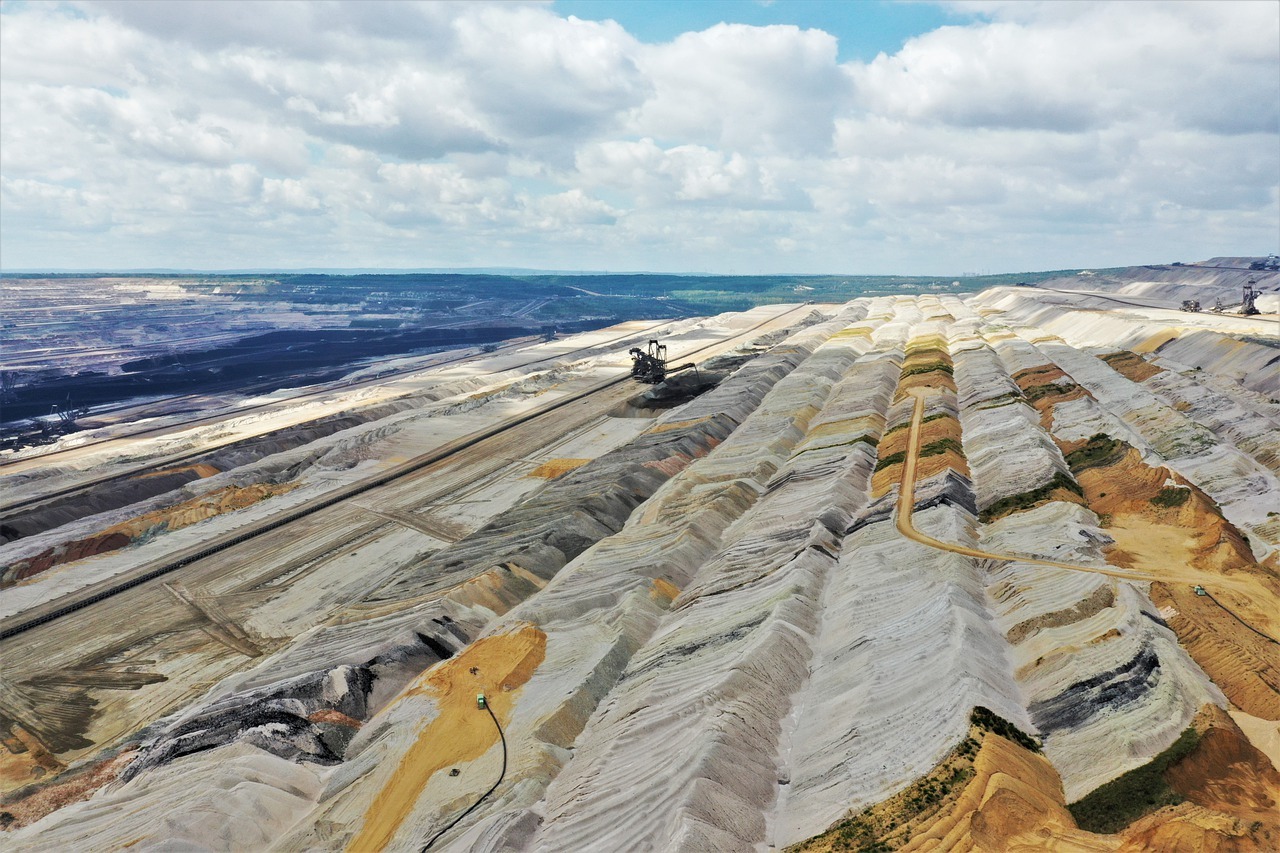- Is that the trade right now?

I really only see two trades out there:
1) Commodities rally and everything else falls
There’s been a decade of under-investment in almost all commodities. The result is that even in a scenario of modest global growth and a green transition, there’s no enough raw materials to go around. This will be a tailwind for as long as it takes to start building new mines and investing in energy. Given that even with the current ‘high’ prices, there has been minimal capex, that could mean prices rise much further from here.

2) Commodities fall and everything else rallies
Inflation and interest rates are key for the rest of the market but it’s tough for me to see inflation falling below 2% in an environment where commodity prices continue to creep higher. Sure, inflation will come down from the current 8% levels but to get to sub-2% in any reasonable timeframe, commodities need to help out. I can easily see a scenario unfolding where the Fed pauses hiking around 3.5% but commodities stay bid and keep inflation above 3% even with minimal growth. That’s a tough backdrop for risk assets.
So the bullish scenario is that raw materials inventories and supply/demand balances are better than they look. That would continue to weigh on prices in the years ahead, or at least cap them from here. The relief valve for that — sadly — could also be emerging markets. In a sign of things to come, Sri-Lanka yesterday announced a ban on non-essential fuel sales for two weeks, Laos is near a crisis. So there’s a realistic scenario where emerging market growth is crushed and that brings down commodity prices enough to keep developed markets humming.

Energy is key to the mix
CIBC is out with an interesting report today that looks at oil demand destruction in recessions since 1973. They estimate that demand was reduced by 1-4 million barrels per day on average for the 12-24 months following the start of a recession. They estimate that each million barrels of demand destruction would cut the price of oil by $8-$12. So at the extreme end of that range, it would only cut the price of oil to around $70/barrel.

What likely counteracts that — even in a recession — is that the US will need to refill the SPR and other global inventories are also low.

On top of that, investment in oil has badly trailed in the past few years and there’s a strong sentiment around capital discipline in the industry now. Where there is investment, it’s directed towards natural gas and LNG in particular. That will soak up budgets in the space because they’re the lowest-risk dollars.
So there’s a case that even in a recession oil prices will stay relatively high. That sets up an ugly, stagflation scenario.

